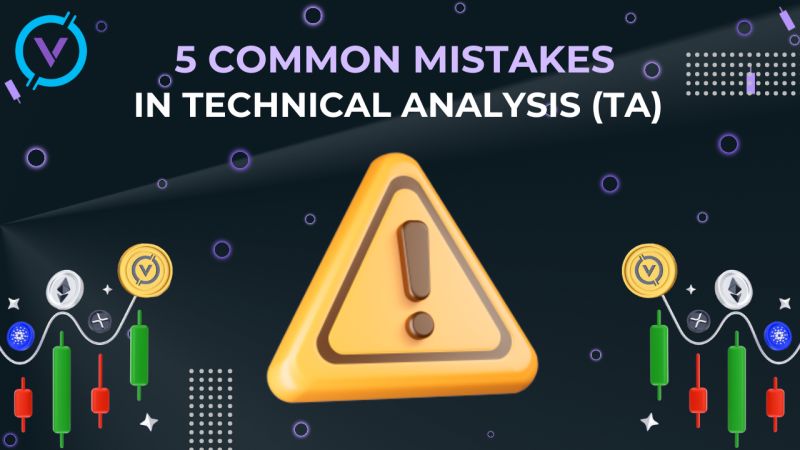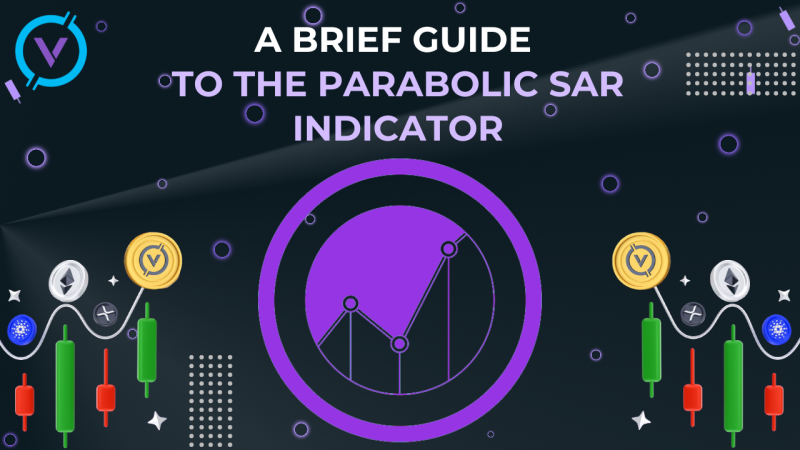Technical analysis is a way to assess the situation in the financial market for making trading decisions based on the identification of statistical patterns of price movement.
In other words, when traders and analysts try to determine when to buy or sell an exchange asset by observing only the price movement, we are dealing with technical analysis.
RSI (Relative strength index) is a technical analysis indicator showing the ratio of positive and negative changes in the price of a financial instrument. He can be called a legend of technical analysis. The algorithm makes it possible to really assess the strength of the current trend and determine the likely points of its reversal.
This indicator was developed by Wells Wilder, an exchange trader, one of the leading experts in technical analysis and a developer of many trading systems and indicators. In 1978, the index was presented in his book "New Concepts in Technical Trading Systems".
RSI is one of the most common technical indicators. Investors like to use it because it is relatively simple to calculate and free from many significant drawbacks of other oscillators.
How does the RSI work?
The indicator indicators are formed by comparing the price maneuver for a certain period of time – usually 14 periods – which allows the indicator to show whether the price has become unusually low or high. Thus, it can be used to determine when the current trend ends or when a new one is formed.
RSI is useful for traders who are looking for opportunities to choose the time to enter and exit the market in order to get the maximum profit before the risk of a decline or fall in price appears.
The RSI indicator is an oscillator, which means it fluctuates in a certain zone limited by the maximum and minimum values. The Relative Strength Index is set aside on a scale from 0 to 100. It works best when reaching extreme areas.
The evaluation criteria are two lines drawn at the level of 30 and 70. It is believed that above 70 there is an overbought zone, and below 30 there is an oversold zone.
Therefore, when the value of the Relative Strength Index reaches and rises above 70, there is a threat of a decline in prices; a movement below 30 is perceived as a warning of a near rise. Some analysts advise taking the levels of 30 and 70 as boundaries only with sideways trends, and 20 and 80 — with pronounced bullish and bearish.
RSI Divergence
Another way to use the RSI indicator to determine price reversal points is to search for divergences. Divergence means that the price reading does not correspond to the price dynamics.
Using divergence is a popular way to identify potential trading opportunities.
RSI divergence occurs when the RSI indicator starts to reverse earlier than the price. A bearish divergence consists of an overbought RSI value followed by a lower RSI high. At the same time, the price should make a higher maximum at the second peak, where the RSI is lower. In a bullish divergence situation, there should be an oversold state on the RSI, followed by a higher low on the RSI chart. At the same time, the price should form a lower minimum at the second peak.
RSI and MACD
Moving Average Convergence/Divergence (MACD) is a technical analysis indicator that investors can use together with the RSI. This indicator can help them determine when to buy or sell based on the correlation between two moving averages for the same security.
Let's summarize
If you are interested in technical analysis and trend trading, the RSI can be a useful indicator for making investment decisions. The Relative strength Index is just one of the tools you can use to develop a strategy.


